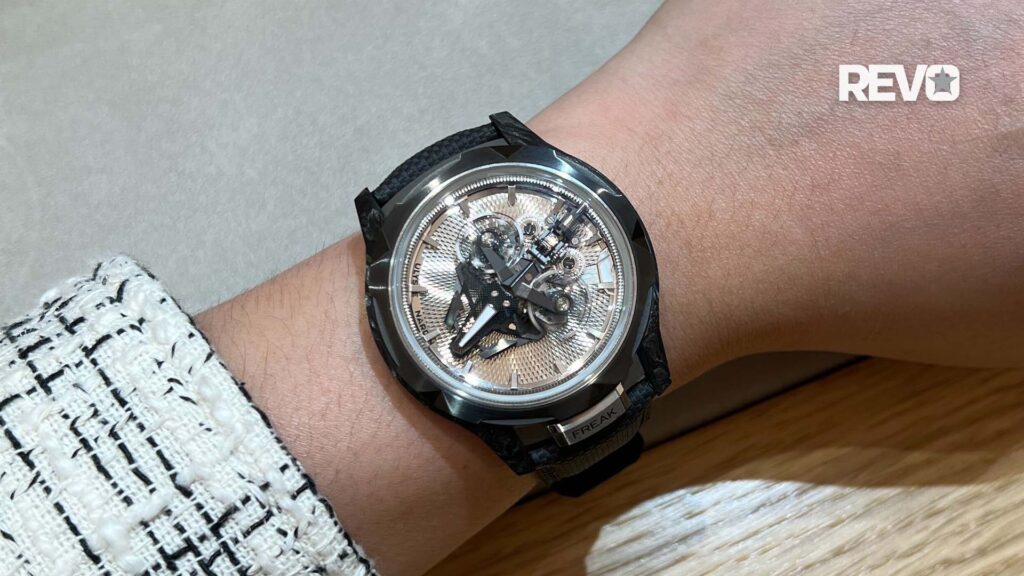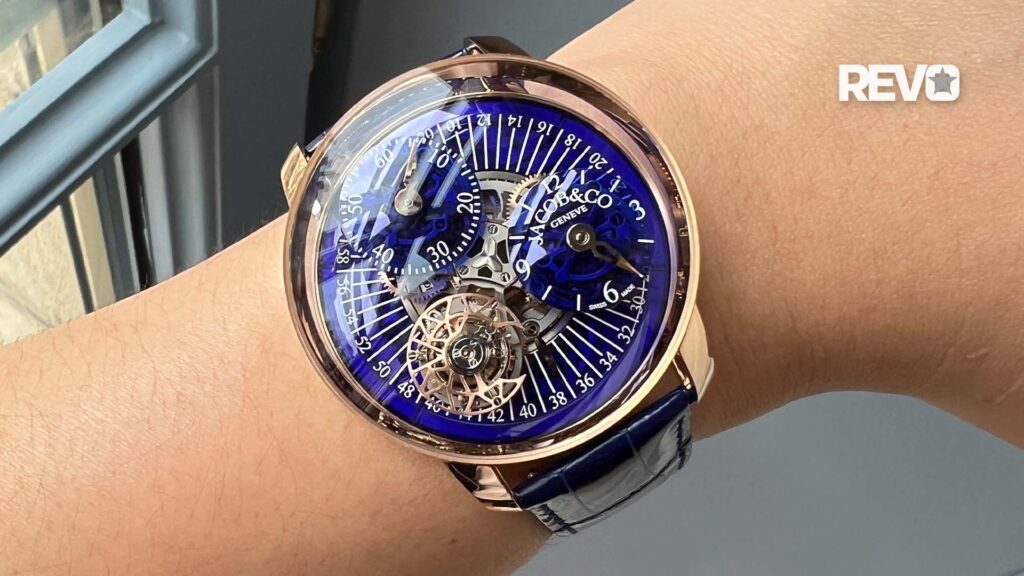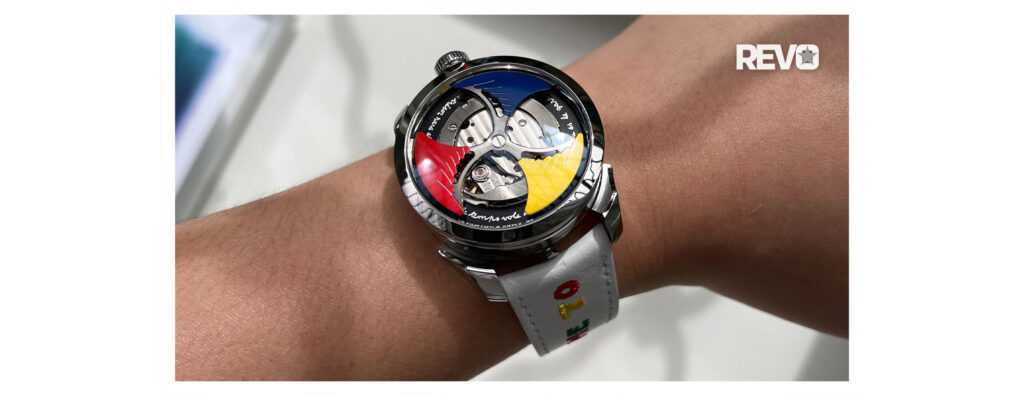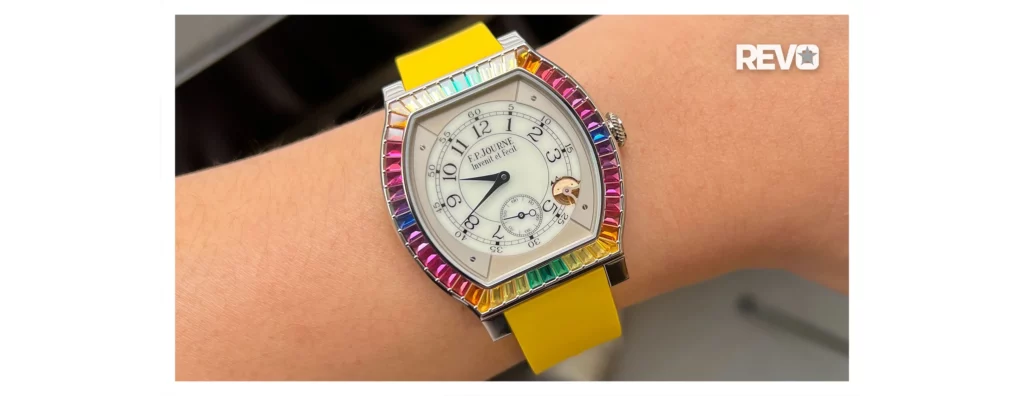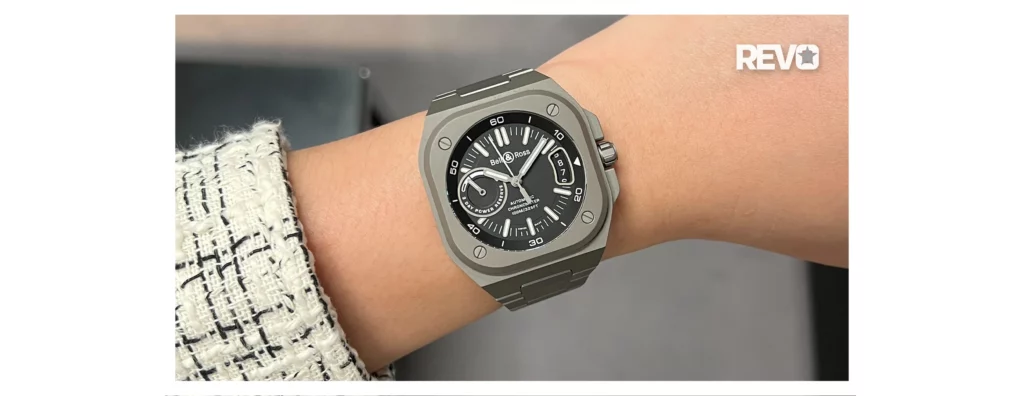News
Glashütte Original Opens New Dial Atelier In Pforzheim
Dear readers,
On March 6, 2013, Günter Wiegand, Managing Director of Glashütte Original, presided over the opening of a modern factory in Pforzheim, Germany, for the manufactory’s own production of watch dials. The building has 1.300 m2 surface for production of sophisticated dials.
Together with the branch director Kurt Müller (on the left), Günter Wiegand
(on the right) led guests on a tour of the manufactory.
The Lord Mayor of Pforzheim, Gert Hager (at the centre) was among the guests of honor who were shown the well-lit rooms, around 1,300 m2 in total.
Following substantial investments the dial manufactory is equipped with advanced machinery dedicated to the production of dials; nevertheless, as in the past, a great deal of the work is still performed by hand.
Since mid 2006, the dial manufactory has been owned by the Swatch Group;
at the outset of 2012 it was merged with the Glashütte Original manufactory.
Given the limited space and plans to expand production, Glashütte Original management decided to restructure and modernise the old dial factory. There are currently 48 employees working in the Pforzheim site; this number is expected to double in the coming years. There are also five trainee positions which are planned as well.
Commenting on the dedication of the new building, Günter Wiegand said:
„The production of dials is undoubtedly one of the most difficult tasks in the making of high-value watches. For this reason we shall take advantage of the dial making traditions and competencies of the Pforzheim site, which will be expanded further in the future.”
Background information on the production of dials
The Glashütte Original dial manufactory is one of the few to produce its own blanks. Depending on the dial, the blanks are made of such noble materials as yellow gold, white gold, sterling silver or mother of pearl.
On average, dials are only 0.8 mm thick. Special editions such as dials made of fragile mother of pearl generally consist of a 0.4 mm base plate and a 0.4 mm layer of organic material affixed to it.
Most of the work involved in making a dial is performed by hand, whether this
is the application of appliques or monitoring of finishings.
The blue dials of the Seventies Panorama Date, for example, are given a sunburst finish, which is applied using rotating brass brushes. Colour is then added to the dial using a varnish (lacquer) or galvanization process. The colours applied in this way are then fired in an oven for two hours at temperatures ranging from 110 to 140 degrees centigrade.
One of the most difficult steps in the process demands many years of experience: printing. With some dials such as that for the Senator Observer and the Senator Chronometer, the indexes and numerals are printed rather than applied. This is done using what is known as „pad printing“.
The pad takes up ink from an engraved negative and then transfers it, like a rubber stamp, to the dial. Before a dial is finished it must pass six quality tests.
Altogether a dial, with its numerous details, is the object of some 75 separate operations before it is considered complete and qualified to serve as the face of a Glashütte Original timepiece.
















